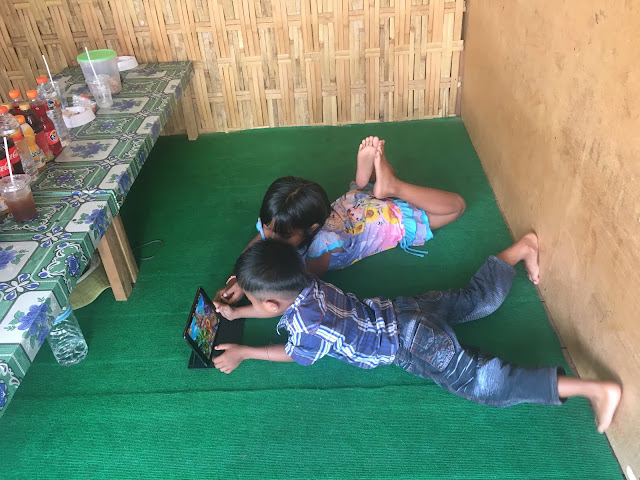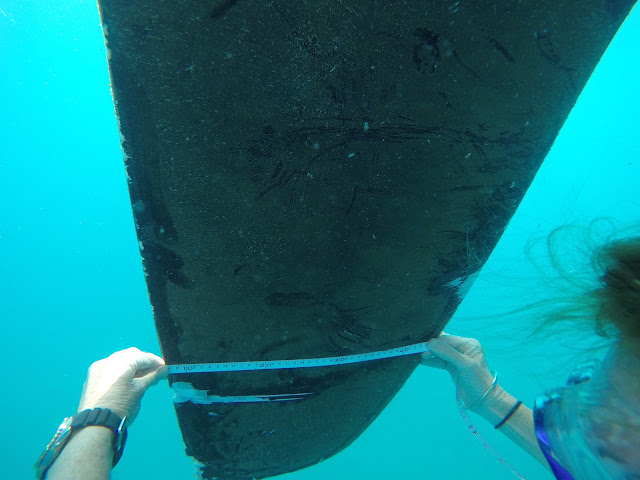Bali Sea - 08° 00' 03" S 114° 36' 57" E

Our big, blue beautiful ocean is covered in rubbish. Flotsam and jetsam are everywhere. Not the cool stuff from sea shanties such as coconuts, planks from wrecked ships and half sunken treasure chests. Instead we have polystyrene and plastic bottles for water, motor oil, dishwashing detergent and any other product imaginable and plastic bags and Maggi noodle packages and coat hangers and chip packets spread out like a magic carpet on the water. Birds rest on the clumps of string and bottle caps, polystyrene cups, matted rope, plastic pails, chunks of wood, propane bottles and even a VHS movie box. What surprises us is the number of shoes. Every clump of crap will contain a shoe or two, all shapes, sizes and colours, from a purple sandal with barnacles to a hot pink child’s Croc and a man’s work boot. The Malacca Strait This is a much more apparent situation than the Pacific Garbage Patch , which seems to be more widely known about, even though crossing through it isn'



